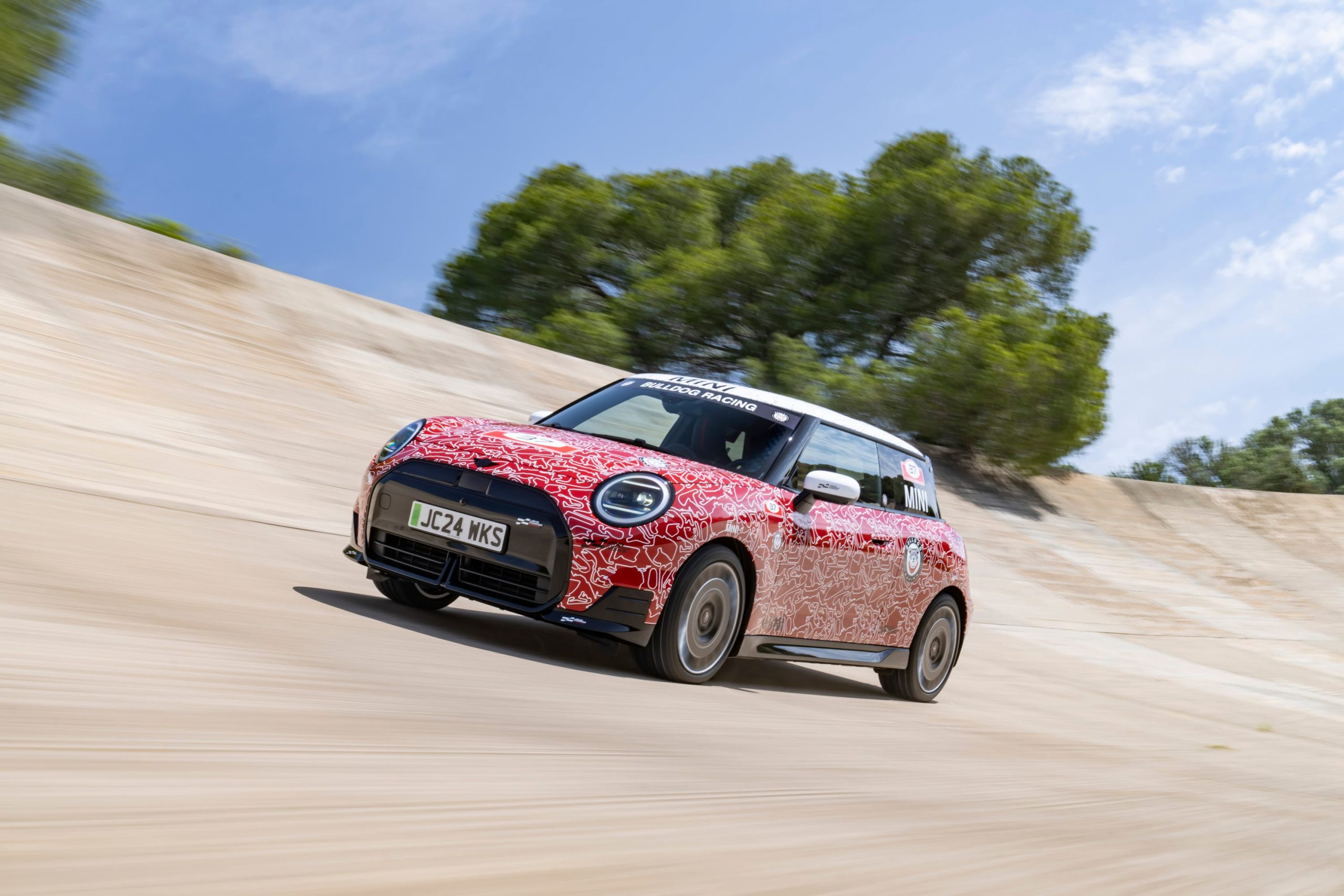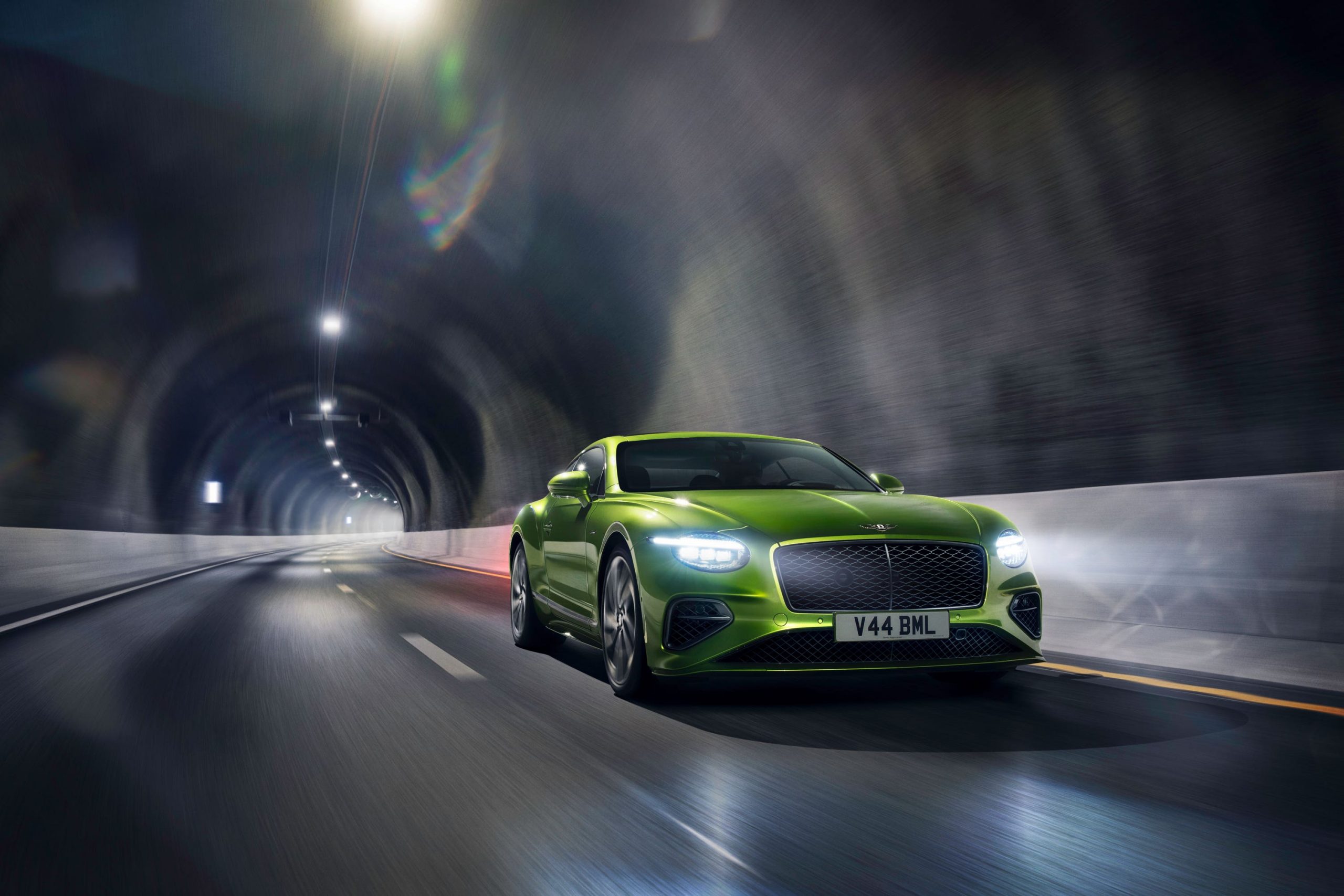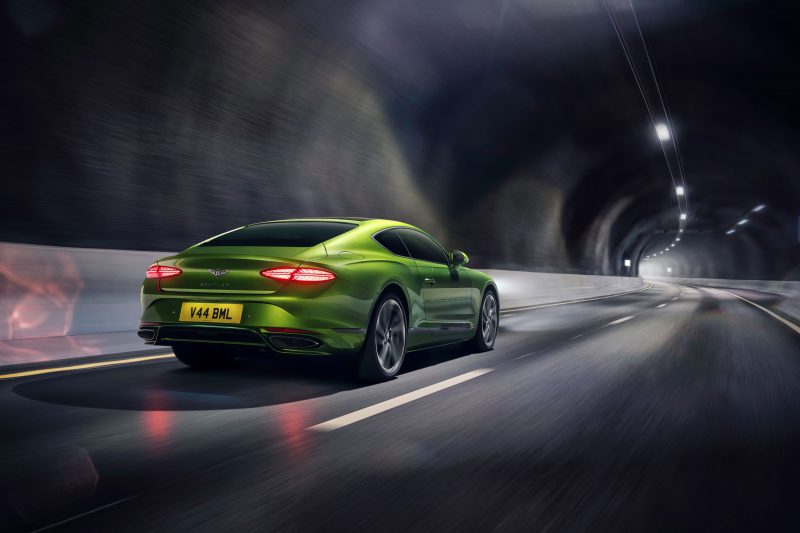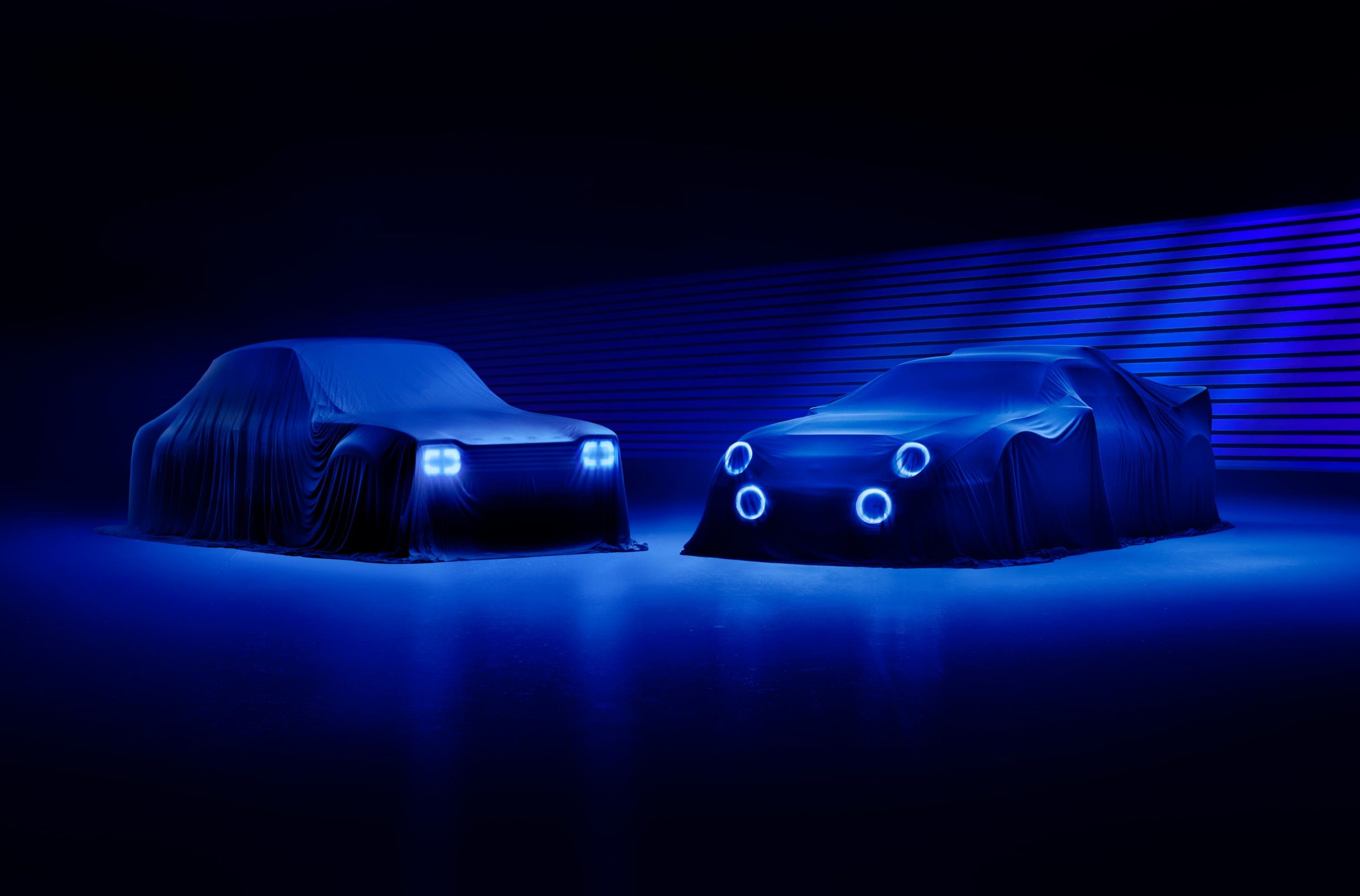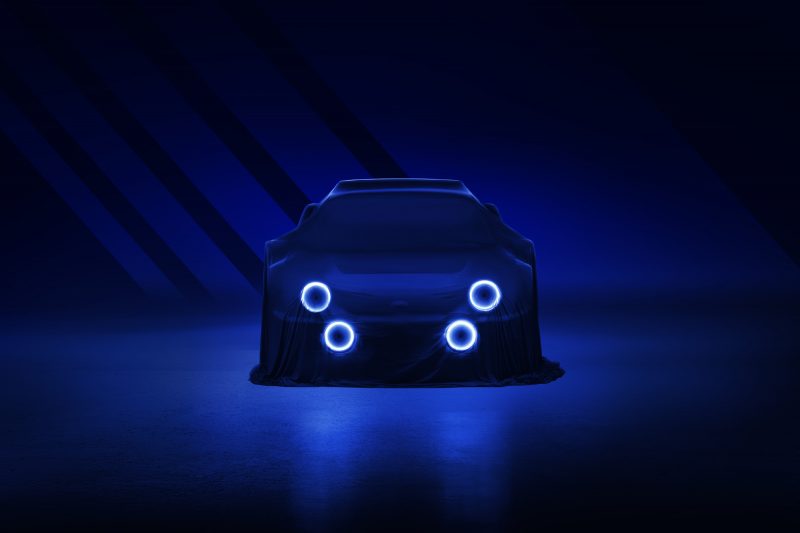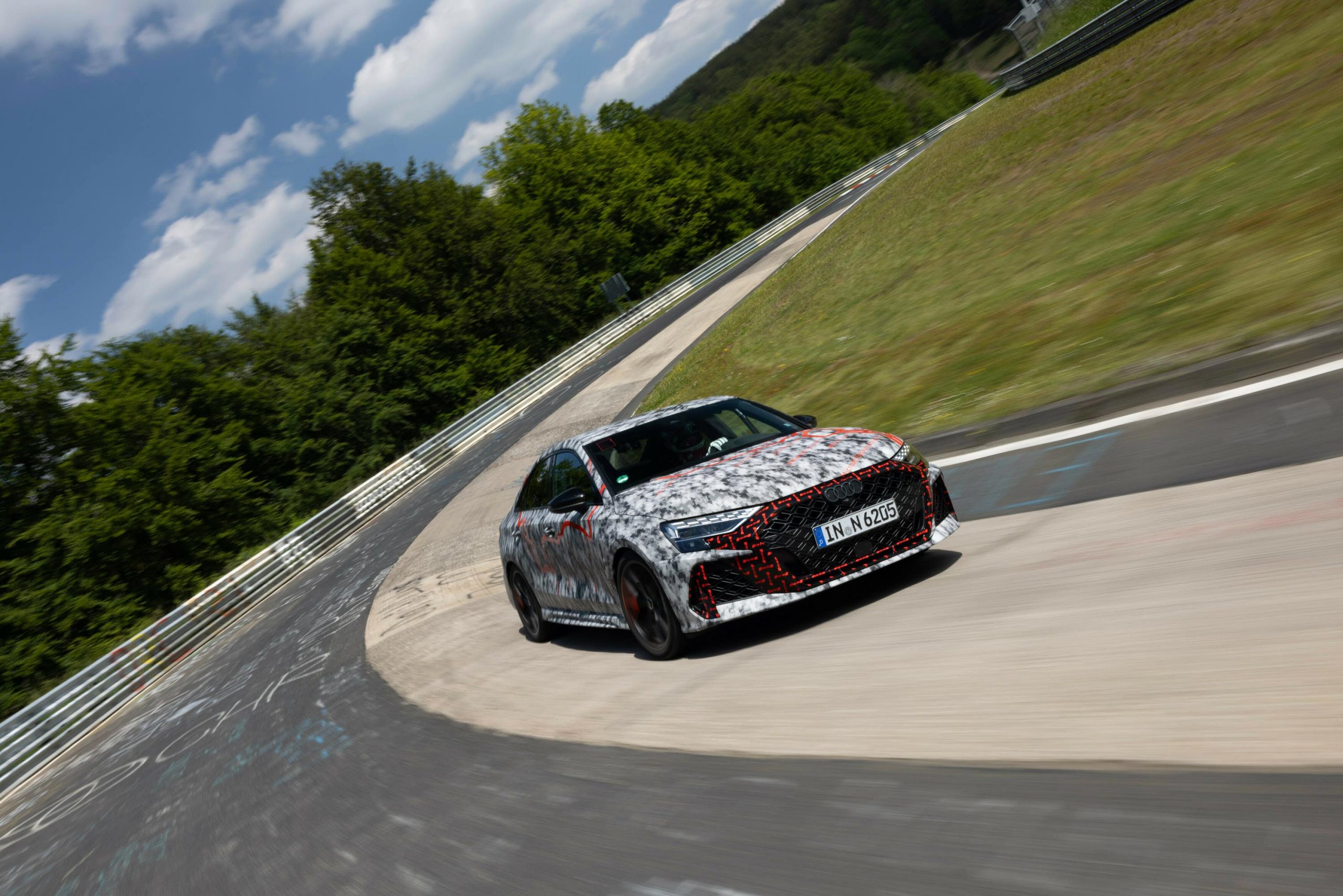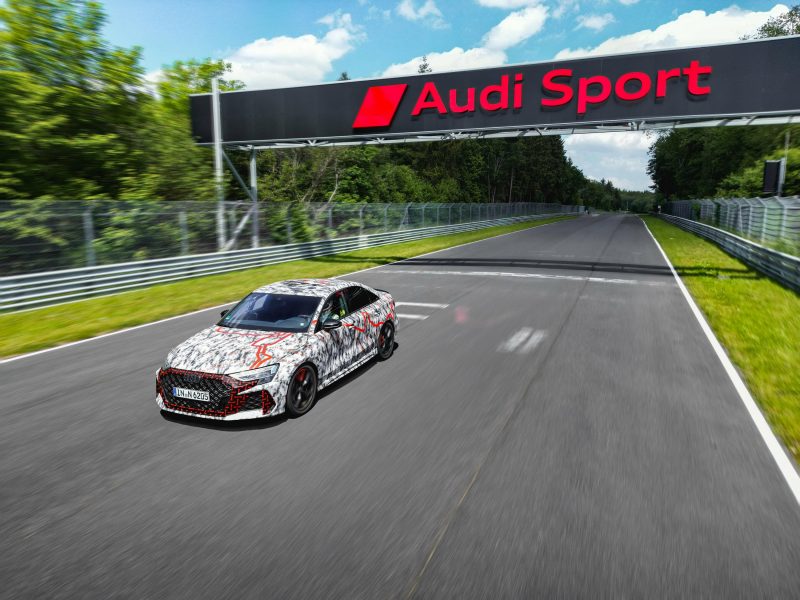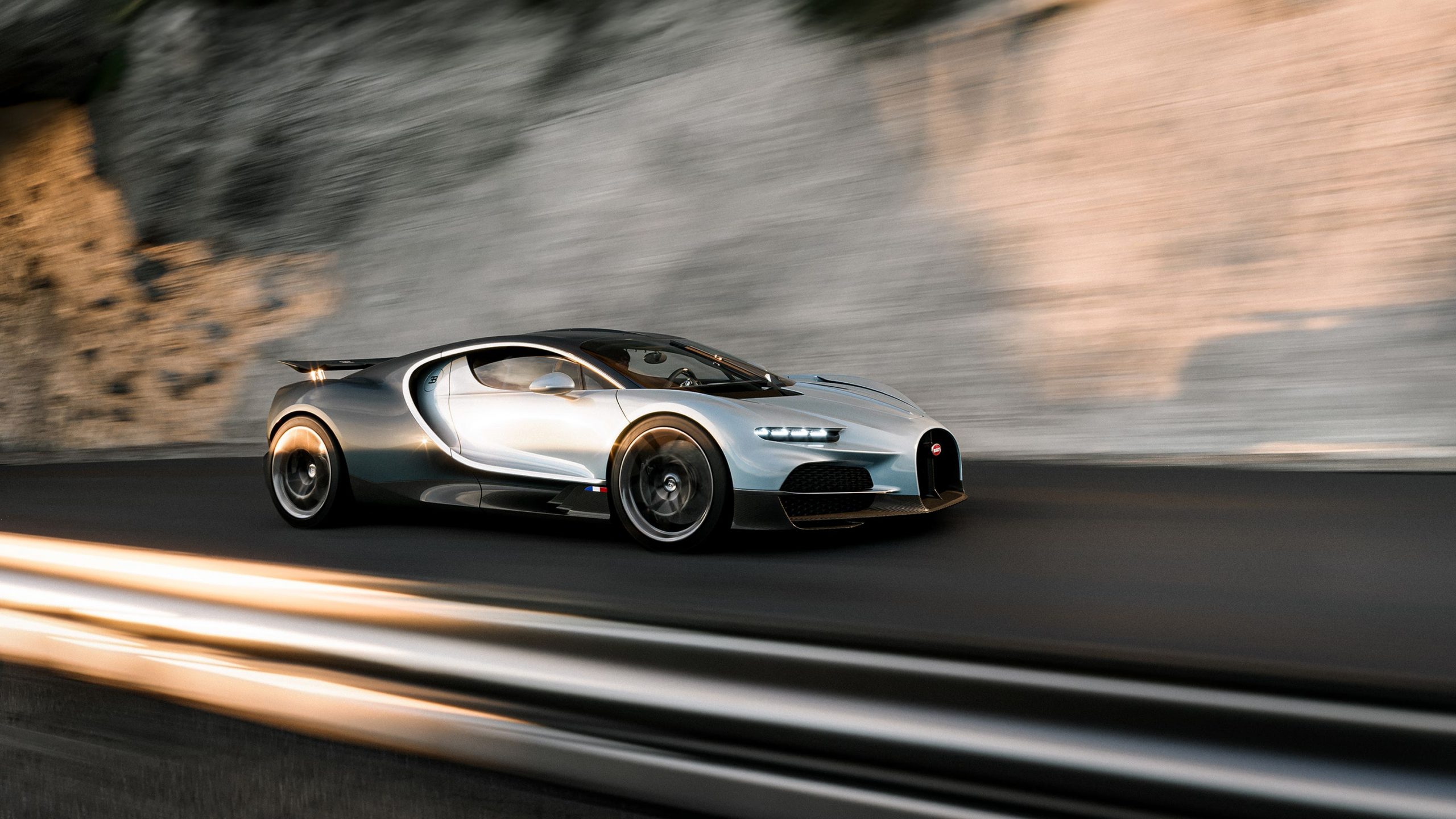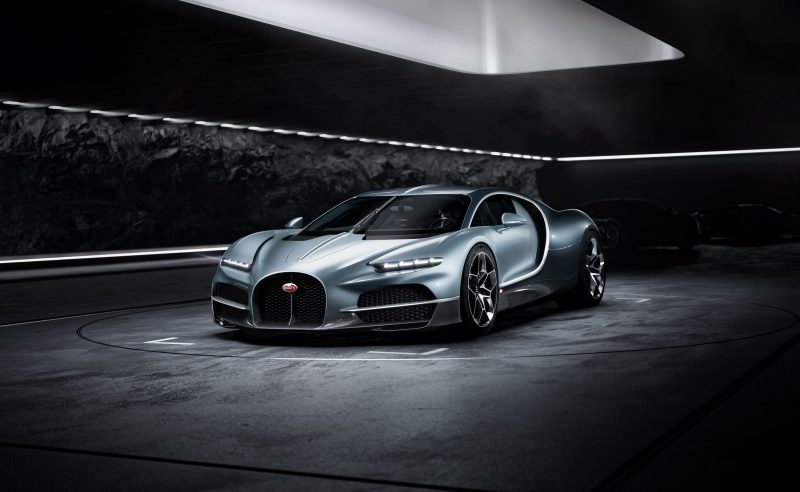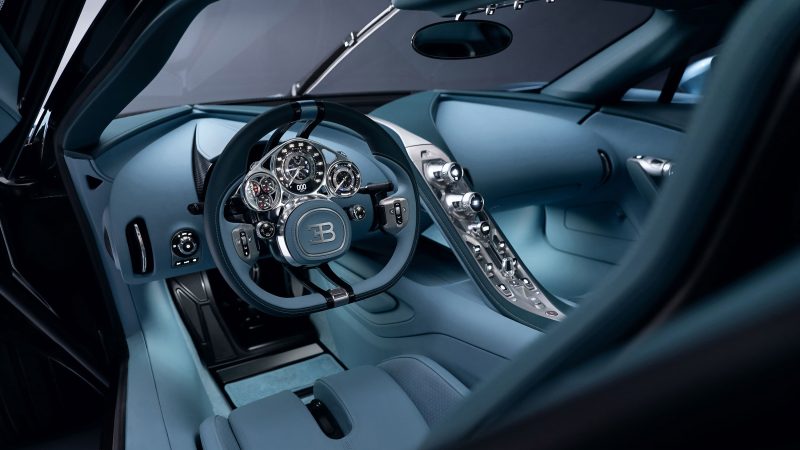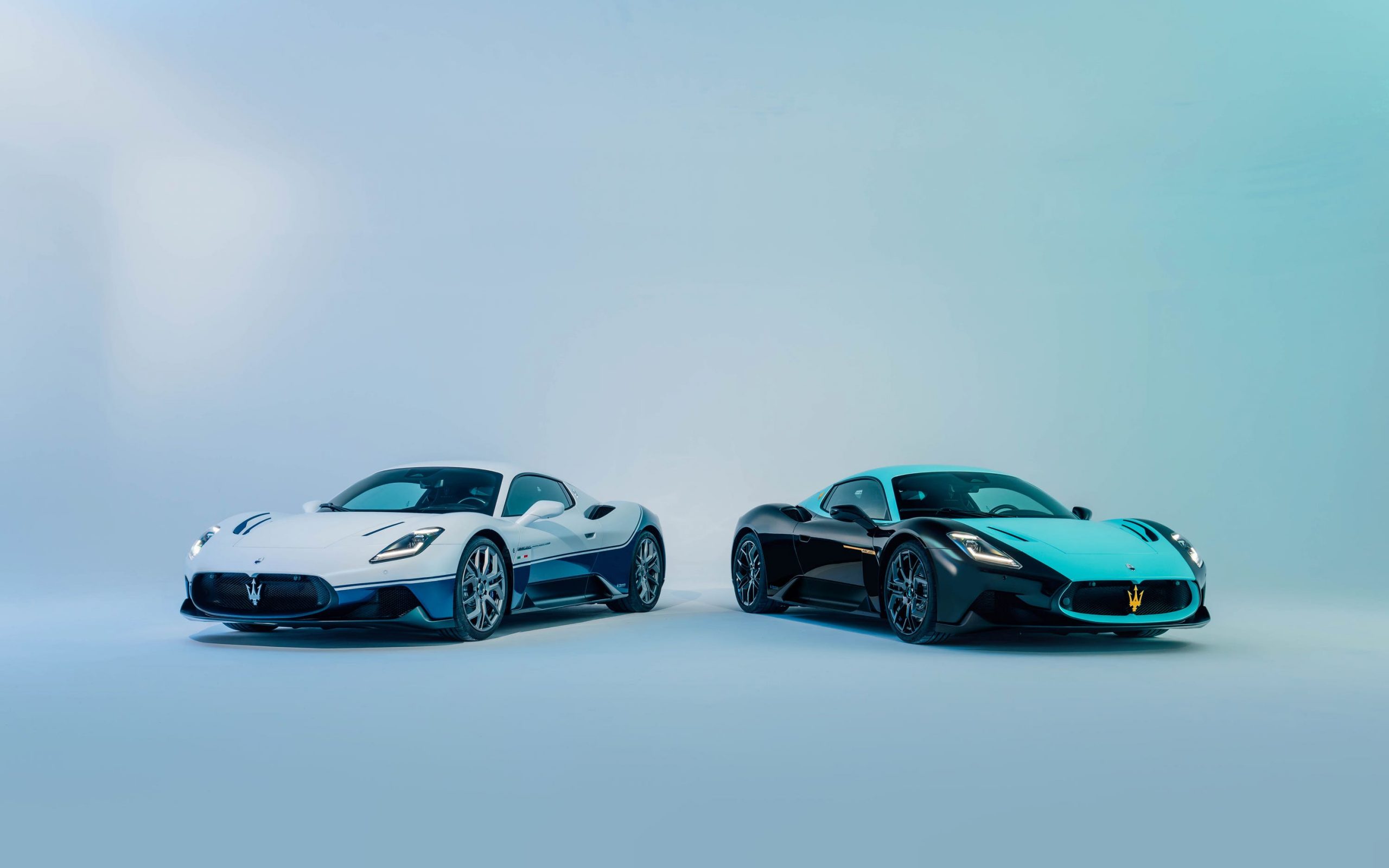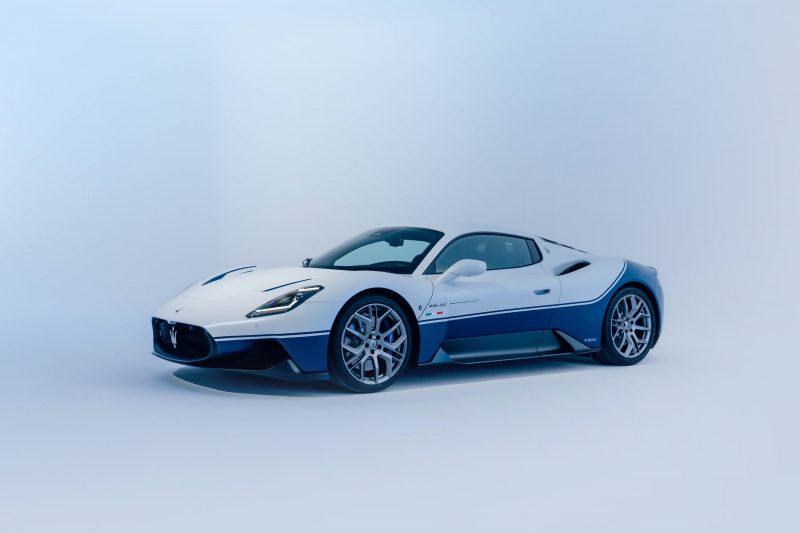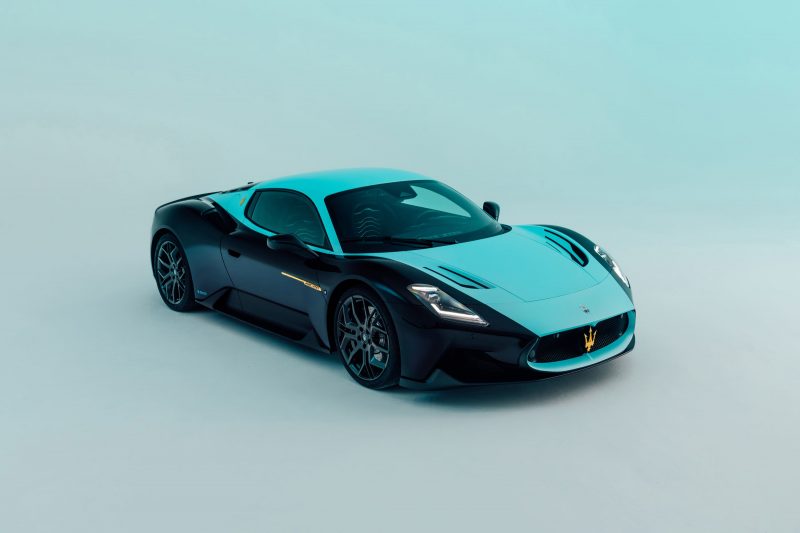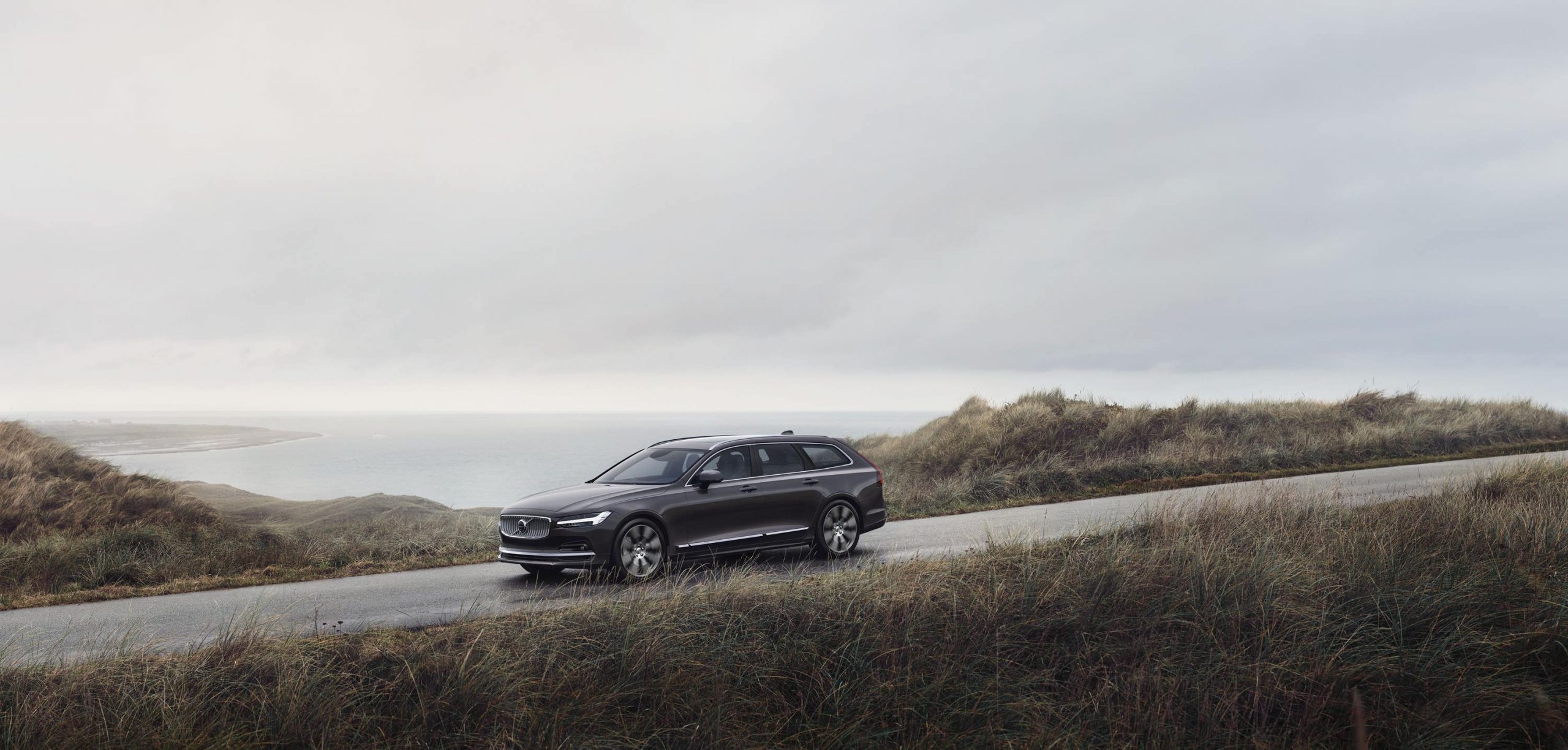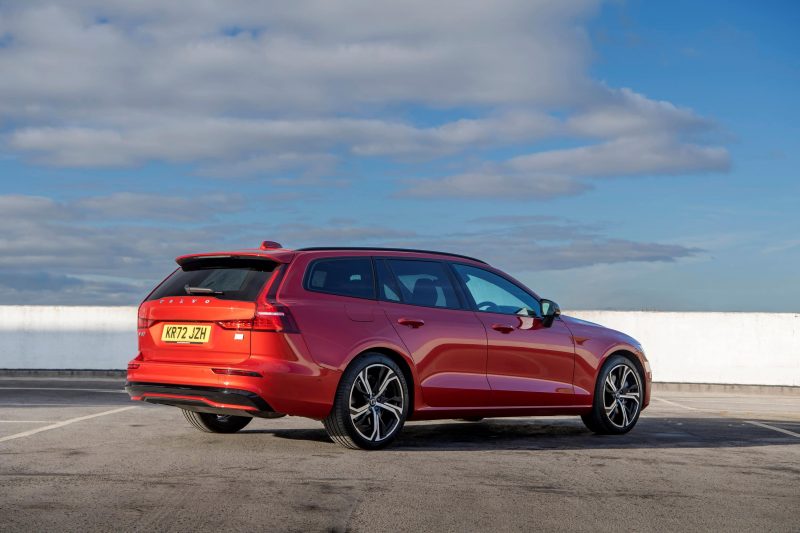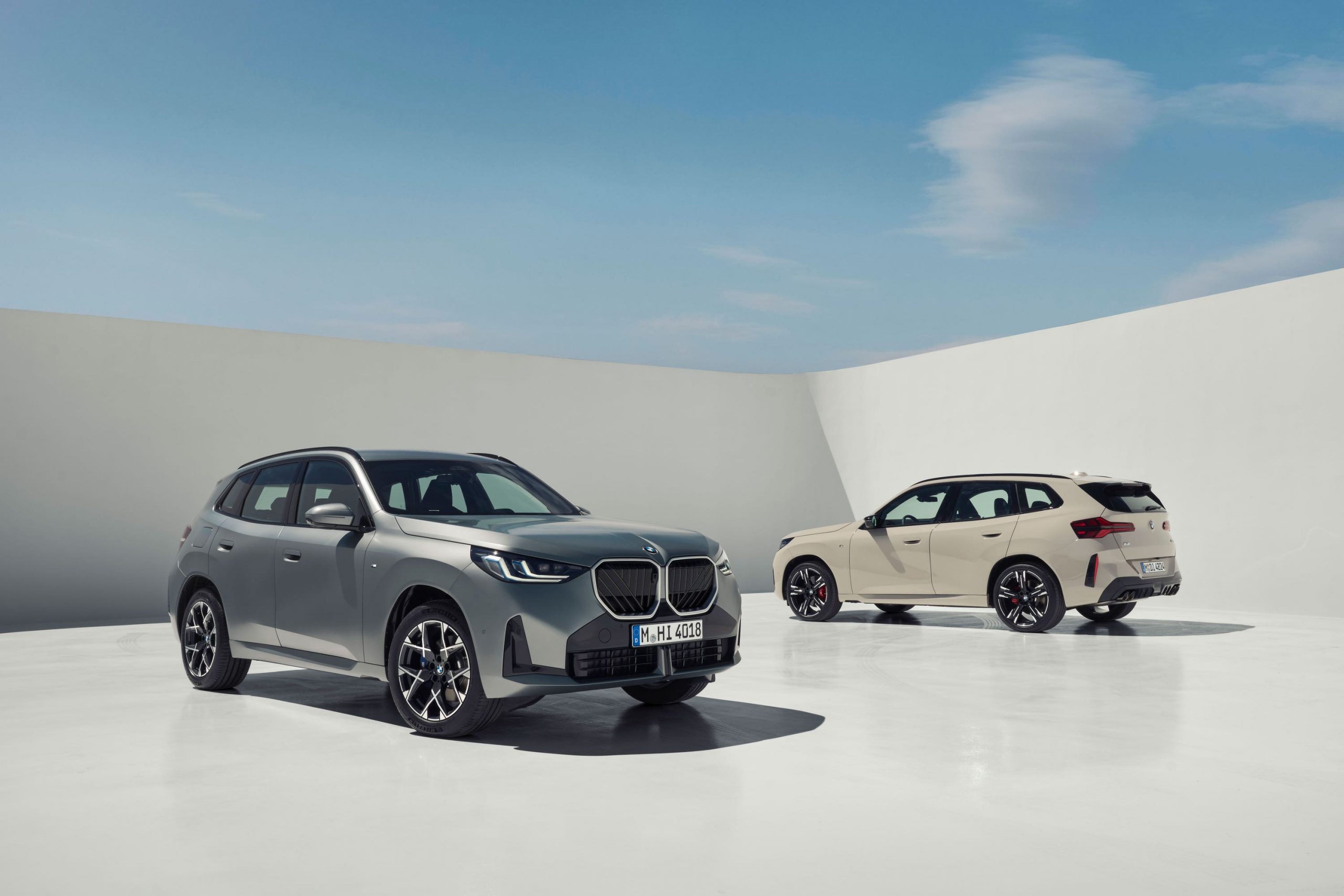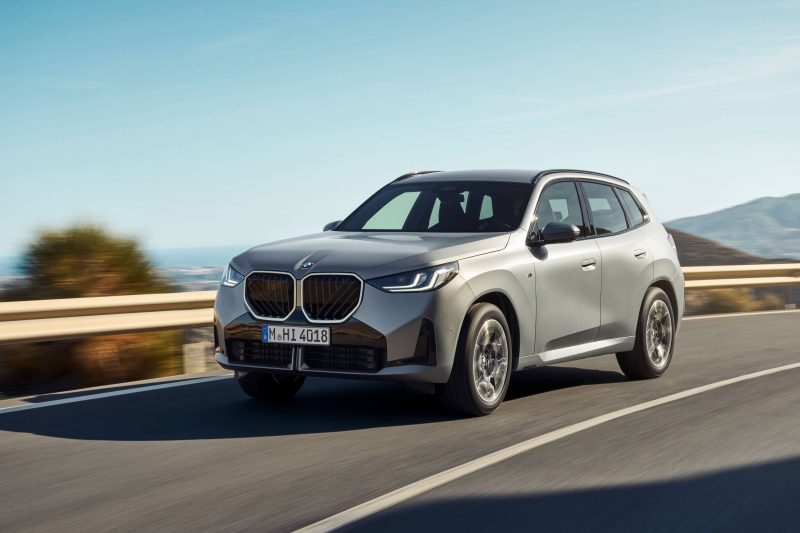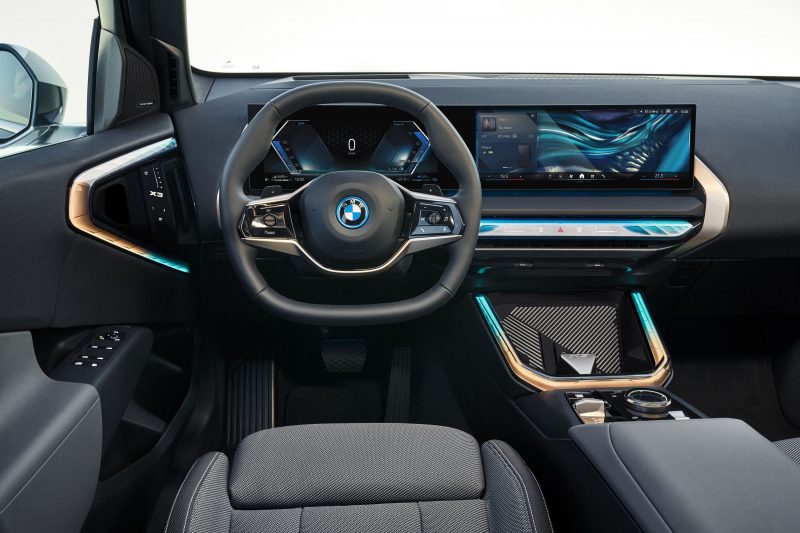The infamous Goodwood Festival of Speed event will showcase the prototype of Mini’s newest addition to the electric era.
Mini will bring a prototype version of its new John Cooper Works E to this year’s Goodwood Festival of Speed.
It’s expected that the new model, which becomes the first electric Mini to wear the John Cooper Works badge, will be taking on the famous hill climb in camouflaged form.
The performance-oriented model will come with a tweaked electric powertrain to provide more power and deliver a more involving driving experience than the standard car.
In the future, the JCW line-up will feature both internal-combustion and electric models and spectators at this year’s Goodwood Festival of Speed will be able to view the line-up on display at the First Glance paddock for the duration of the event.
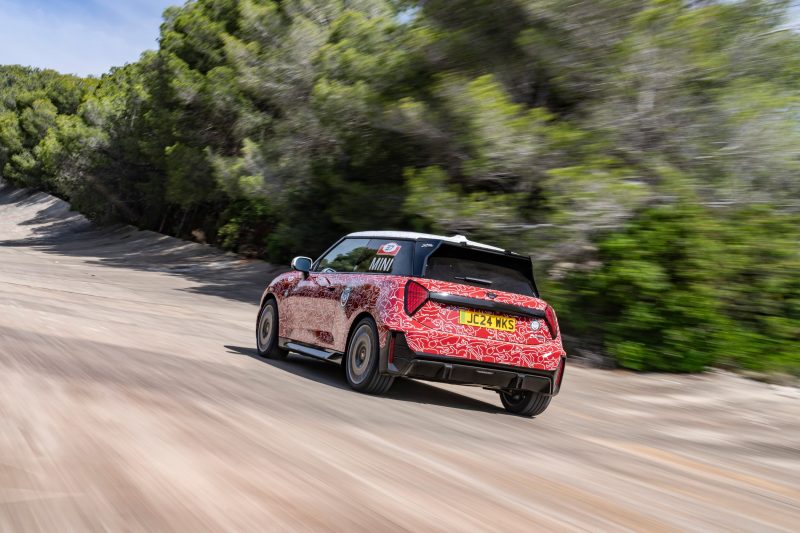
Studying the images of the prototype car, we can see that there is a large wraparound rear spoiler, gloss black side skirts and a large gloss black diffuser that runs the width of the lower bumper and protrudes into the side profile. There are larger alloy wheels and a deeper front bumper, too.
The Goodwood event will also allow Mini to show off a range of its latest models including the new Countryman, Aceman and Cooper three and five-door variants – while the Cooper Electric can be found on display in Electric Avenue.
The world premiere of the new Mini John Cooper Works E will be at the end of this year, while the Goodwood Festival of Speed where the prototype will make its debut takes place from July 11 to 14.
By Cameron Richards

